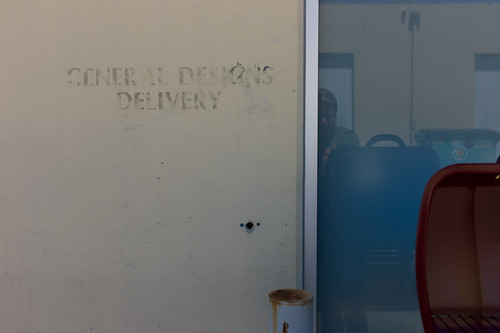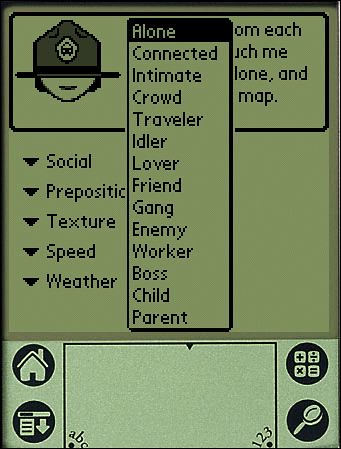I’m going to paraphrase something I read in a recent issue of The New Yorker that immediately made me think of things we bunch of folk in the studio are thinking long and hard about — doing advanced design, but even before the “doing”, understanding what it is to be an advanced design studio and what the heck is “advanced design.”
The article was about Quantum Physics called Dream Machine by Rivka Galchen on David Deutsch and efforts to create a Quantum Computer. It’s a fascinating article and I recommend it. Good science fact-fiction stuff. These guys in laboratories with elaborate support apparati to make a four bit computer. Awesome. I can easily imagine the wisps of dry ice-like condensation puffing out of copper-clad plumbing and fittings.
Okay, back to the article. Now — this is just a word substitution not meant to equate what brainiac quantum physicists do with what a bunch of (pepper this with humility) clever creatives do in a little design studio. Just word substitution. In the article, as Galchen is trying to frame the sensibilities of Quantum Physicists and describes it thus:
Physics advances by accepting absurdities. Its history is one of unbelievable ideas proving to be true..
That simple statement stopped me in my reading tracks. There was something deceptively simple in that — an expectation that, or almost rule in a way that in order to move the field along, in order to advance physics, or do advanced physics, or to determine whether or not one was advancing physics — well, one had to be prepared or make sure that you were accepting absurdities.
The word substitution will be obvious to you by now: doing advanced design requires a bit of accepting things that, on the face of it, are absurd — at least at first.
Accepting absurdities, or designing things that are absurd, or realizing that what you’re doing seems a bit absurd are various measures of advancing the state of a practice idiom, like design.
Design advances ..by accepting absurdities
There’s a bit of facing adversity built into that sort of discipline. It means that people are going to look at what you do as absurd — as disconnected from the state of the world right now; as idle experimentation; as just a bunch of weird stuff.
I think the challenge is around the degree of “advance.” Sometimes rather than making “big disruption” sorts of advances, small, simple, low-hanging-fruit sorts of things are more tractable and, potentially — more disruptive for their simplicity. This is where the phrase “wheels on luggage” comes from. Just doing something that, in hindsight seems so obvious, yet is exceptionally, blindly simple to accomplish (again, in hindsight.) Often these “little things done much better” sorts of disruptions effect human behavior in an unexpectedly profound way. Sadly, the hubris of the main players in constructing the future — engineers and technologists — consider a disruption to be wholesale system change of some sort rather than making little things better than they already are. It’s also a battle between complex programs or teams, versus relatively simple ideas with small teams executing a clearly stated vision.
Why do I blog this? There was something about that quote that has stuck with me. I’m not sure I’ve teased it all out — but its resonant and I need to figure out how best to describe what it is that “advanced design” is so I know it when I see it; and what activities “advancing design” consists of so I can tell myself what to do. Accepting absurdities and finding the way to get others who perhaps are less inclined to is a small, fitful start towards this goal.

